
A 1910s Toronto photo extravaganza
The second decade of the 20th century left its mark on Toronto. The city undertook several major infrastructure projects during the 1910s, including the Prince Edward Viaduct, and the infilling of the Don River mouth and construction of the Port Lands.
Canadian Pacific built what was briefly the tallest building in the British Empire at King and Yonge and put up the North Toronto Railway Station on Yonge St.
By far the biggest event of the decade was the outbreak of the first world war, though. Between 1914 and 1918, some 630,000 Canadians served in the conflict in Europe, distinguishing themselves in battles at Vimy Ridge and Passchendaele.
From advertising to manufacturing, the war left its mark on the city. By the end of the decade, however, Toronto would begin a rapid spurt of growth into a modern metropolis.
Here's what Toronto looked like in the 1910s.
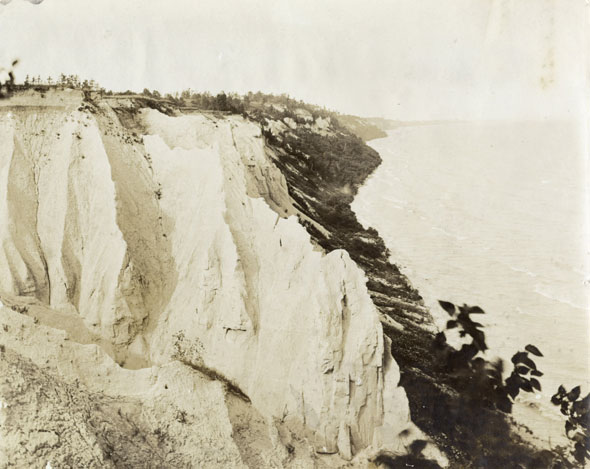
The Scarborough Bluffs looking east around 1910.
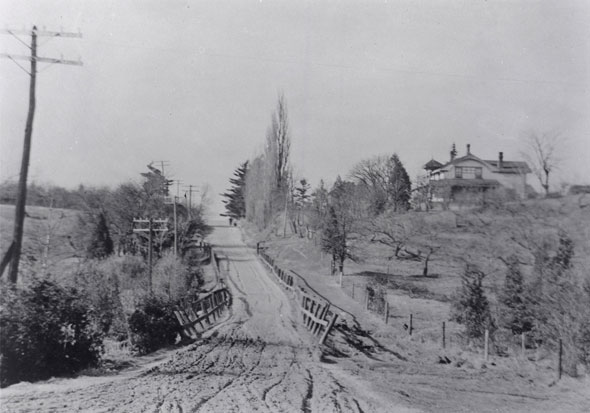
Bayview Ave. looking north from Eglinton in 1910.
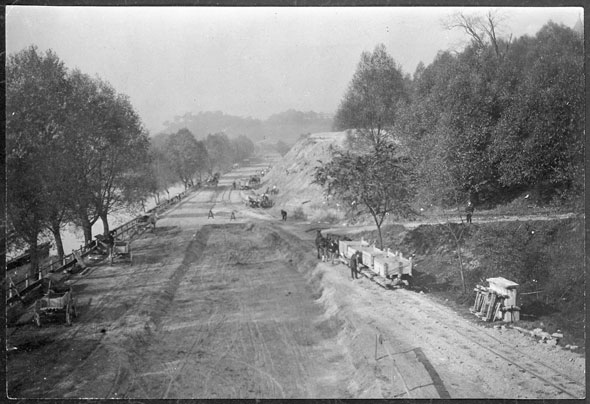
The Don Roadway (now the Don Valley Parkway) near Riverdale Park.
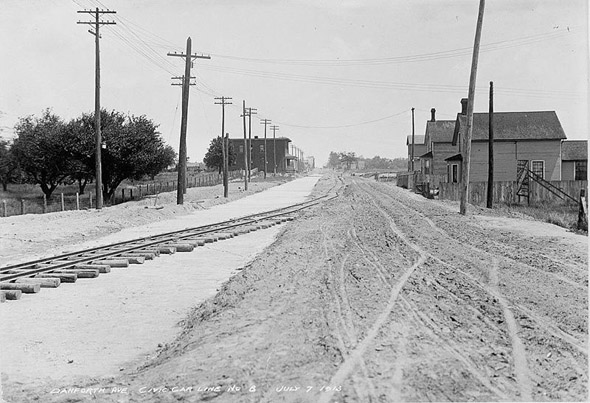
Looking east along the Danforth at Pape in 1913.
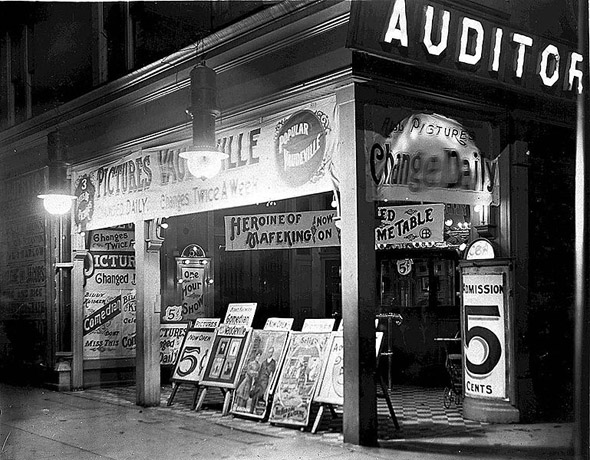
Vaudeville shows at the Auditorium Theatre.
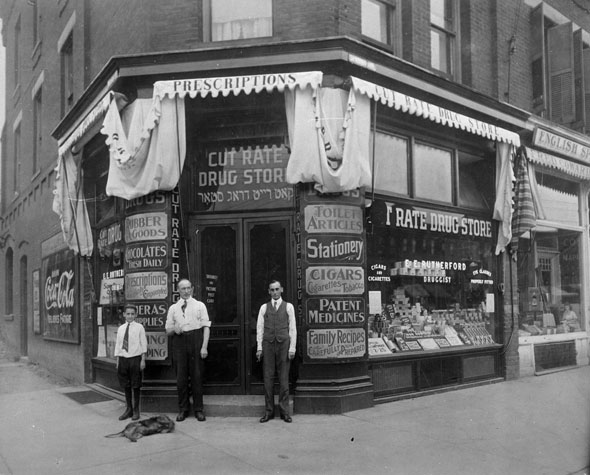
E. E. Rutherford's Kensington pharmacy on the southwest corner of Nassau and Spadina in the 1910s.
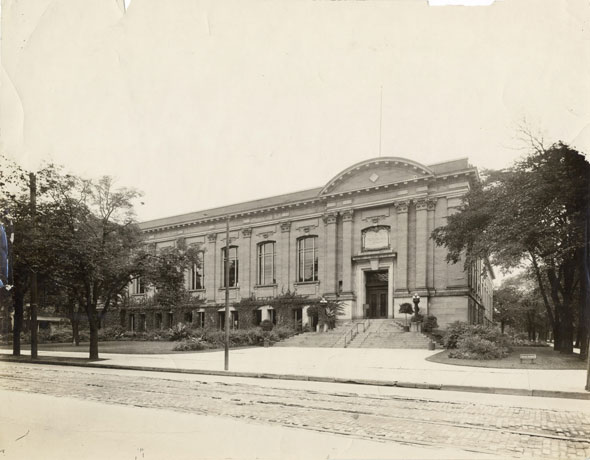
The former central branch of the Toronto Public Library at College and Beverley. It opened in 1909 and is now the Koffler Student Centre.
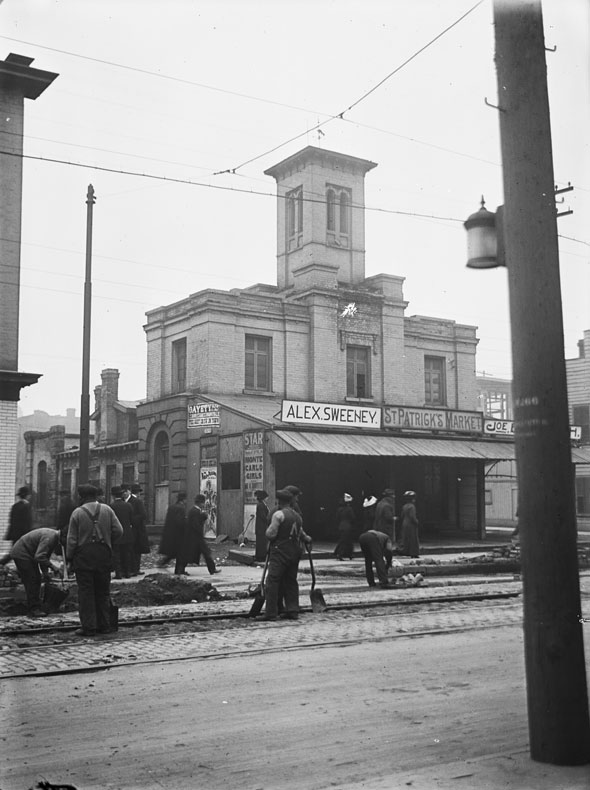
St. Patrick's Market in 1913 opposite today's CTV HQ.
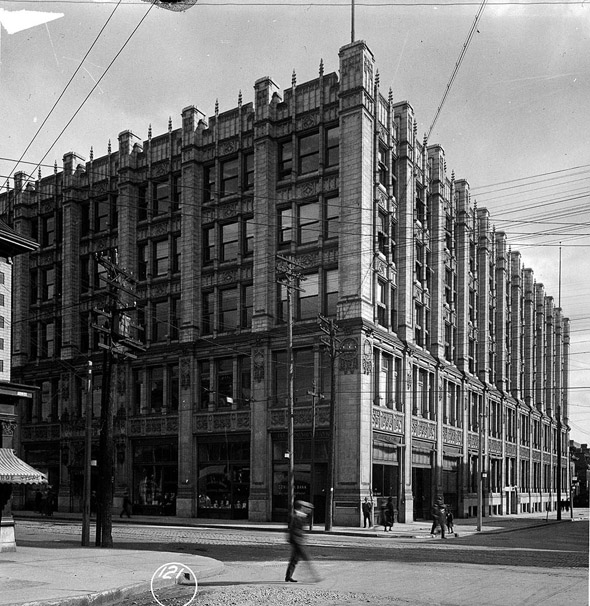
The newly-completed Methodist Church of Canada headquarters at Queen and John in 1913. It was bought by CHUM in 1985.
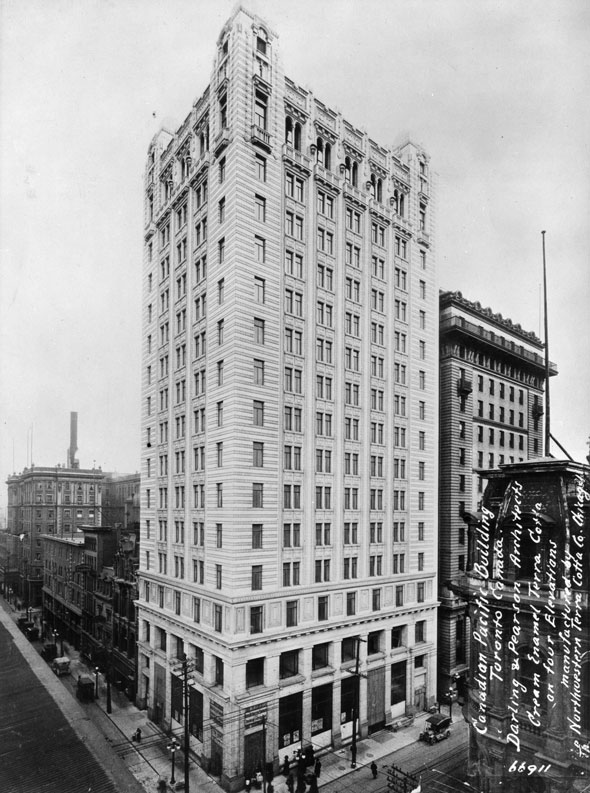
The Canadian Pacific Building on the southeast corner of King and Bay in 1912, the year before it was completed as the tallest building in the British Empire.
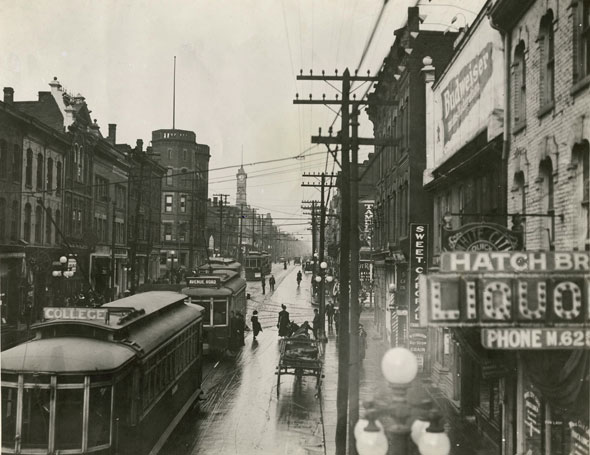
Looking north from Yonge and College in 1914.
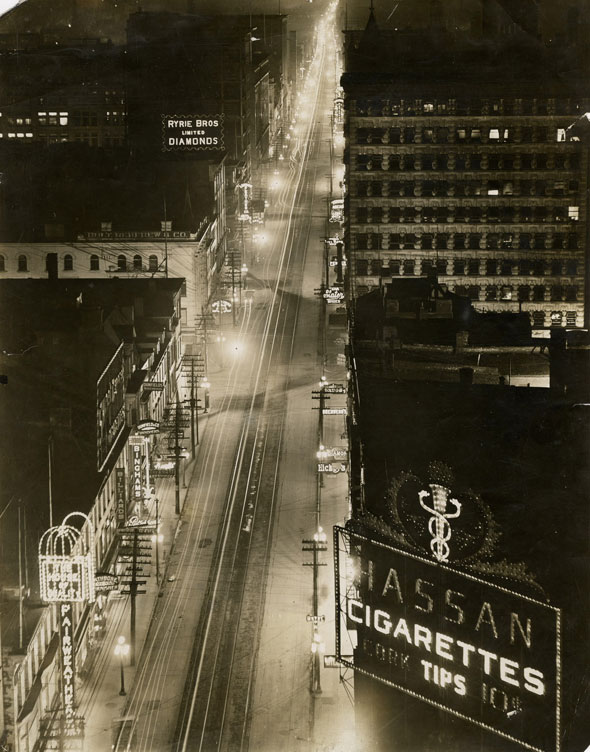
Yonge St. looking north between King and Queen in 1912.
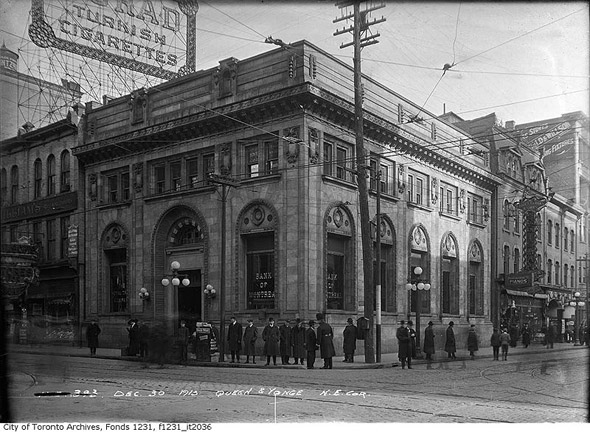
The Bank of Montreal at Queen and Yonge in 1915.
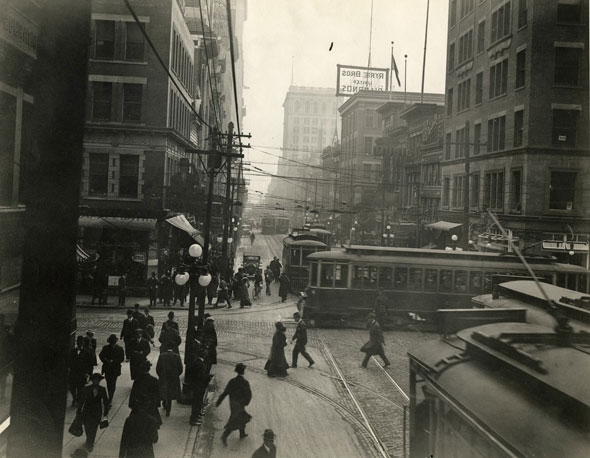
Looking south through dense streetcar traffic at Yonge and Richmond in 1914.
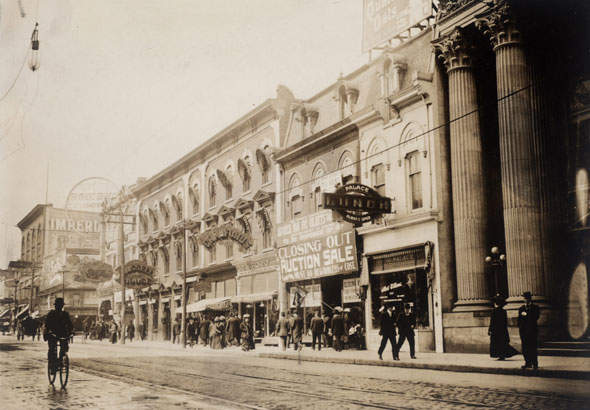
The east side of Yonge St. south of Shuter in 1910.
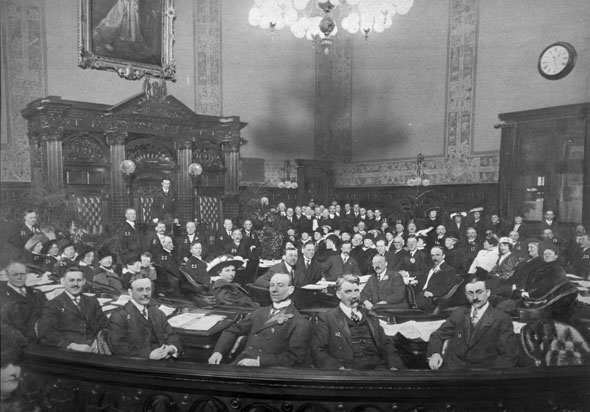
Members of the 1915 city council pose for a portrait at what is now "old" City Hall.
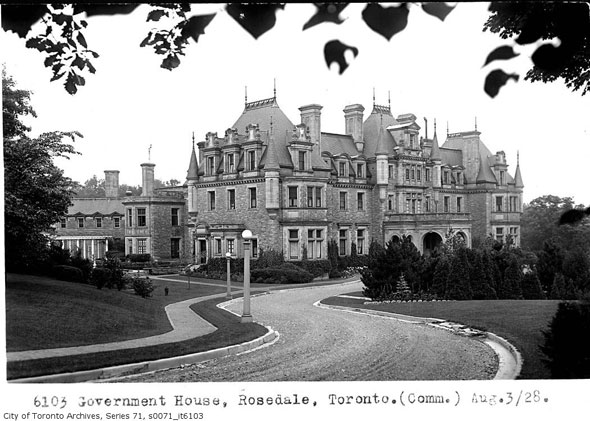
Government House in Chorley Park in 1928.
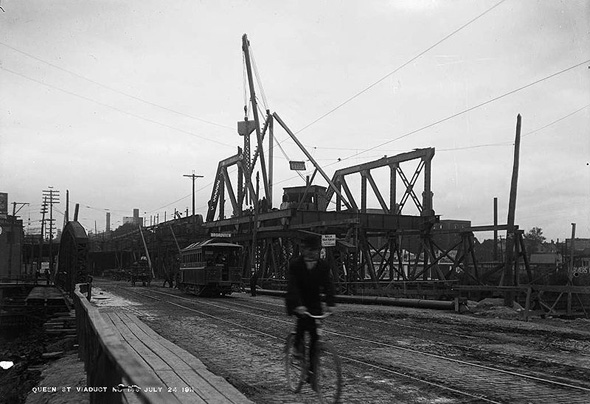
The current Queen St. bridge over the Don River under construction.
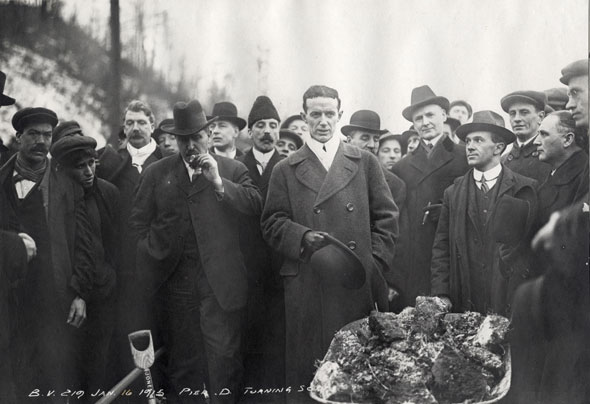
Ground breaking ceremony for the Prince Edward Viaduct in 1915. Mayor T. L. Church is holding the shovel.
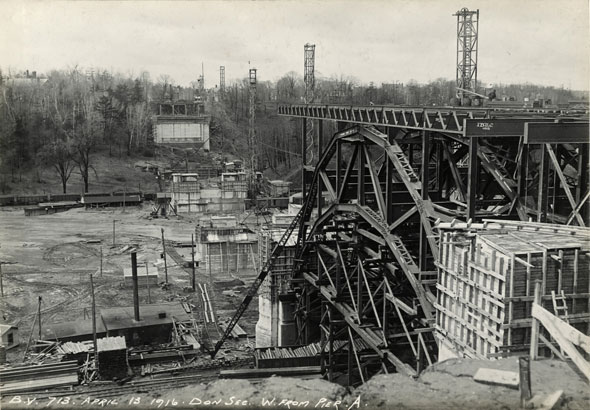
Early stages of construction on the Prince Edward Viaduct in 1916. The two sides would eventually meet in the middle over the Don River.
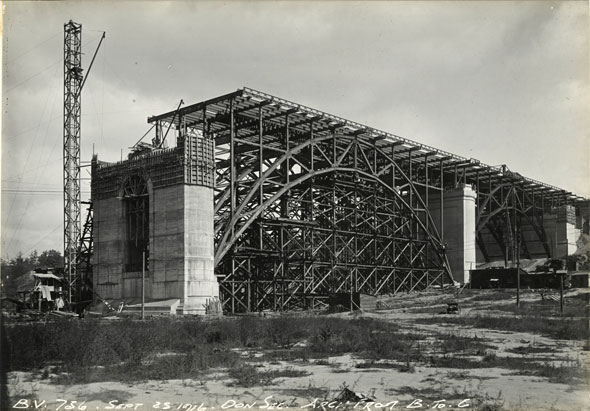
The terminal face of the viaduct in 1916.
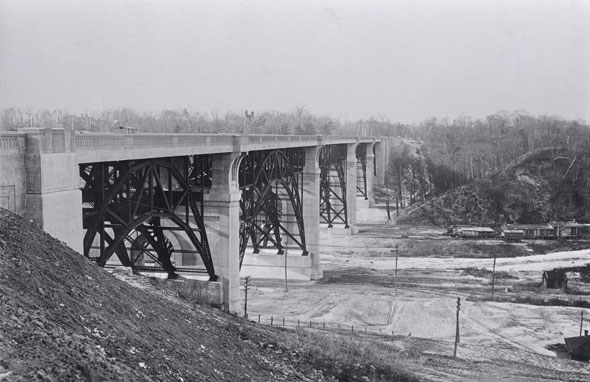
The viaduct nearing completion. The streetcar wires and street lamps still need to be strung along the road surface.
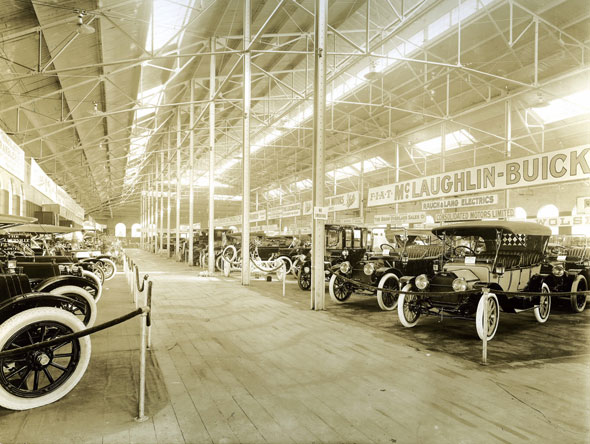
Fiat, McLaughlin-Buick cars on display in the Transportation Building at the CNE in 1913.
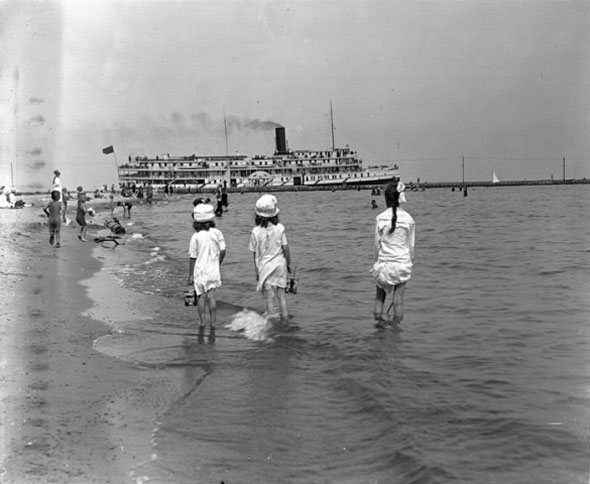
Steamer departing Toronto Harbour.
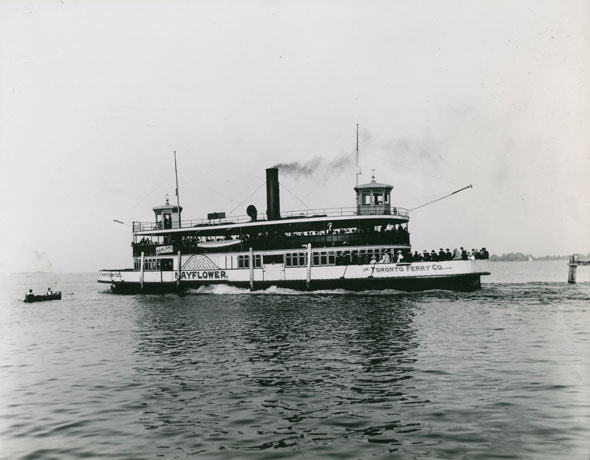
Toronto Island paddle steamer ferry "Mayflower" in 1915.
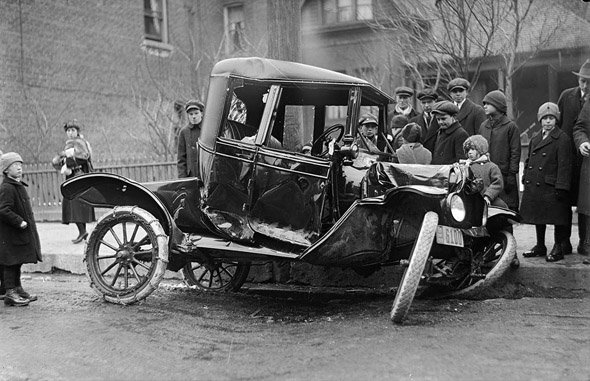
Car accident at Bloor and Walmer Rd. draws a crowd in 1918.
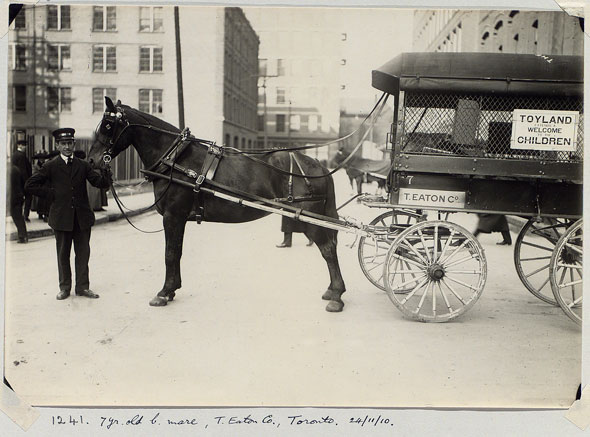
7-year-old mare used owned by the T. Eaton Co. and used for deliveries in 1910.
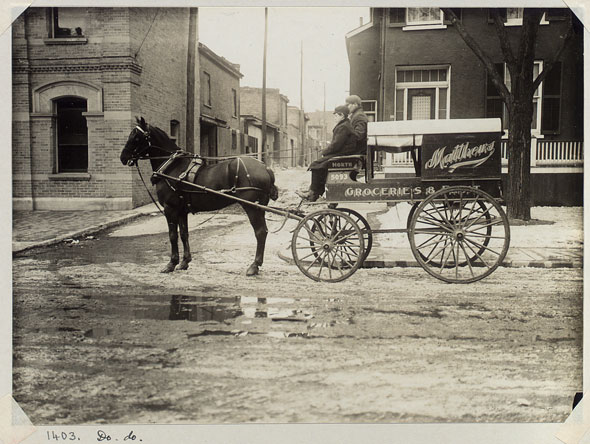
"Prince," a 5-year-old chestnut gelding, makes deliveries for Matthew's Groceries and Fruit in 1911.
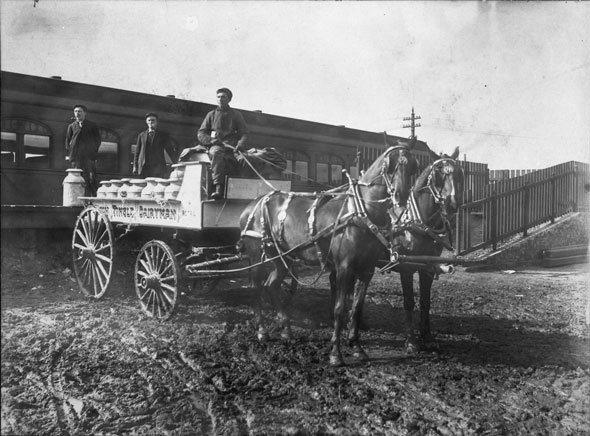
John Tingle, "dairyman," 1910.
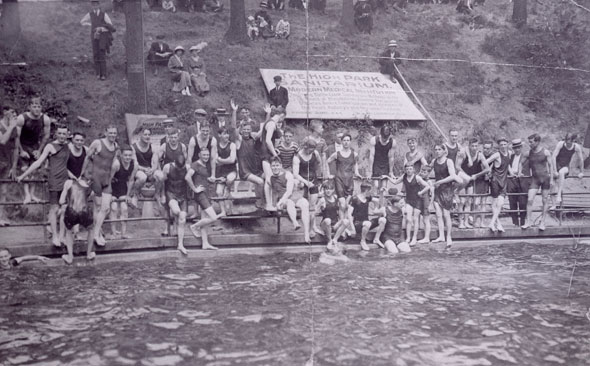
The now-demolished High Park Mineral Baths on the north side of Bloor at Parkview Gardens in 1913.
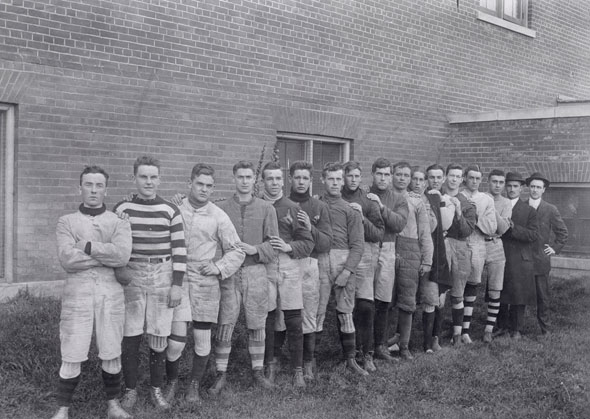
The Broadview YMCA's rugby team in 1915.
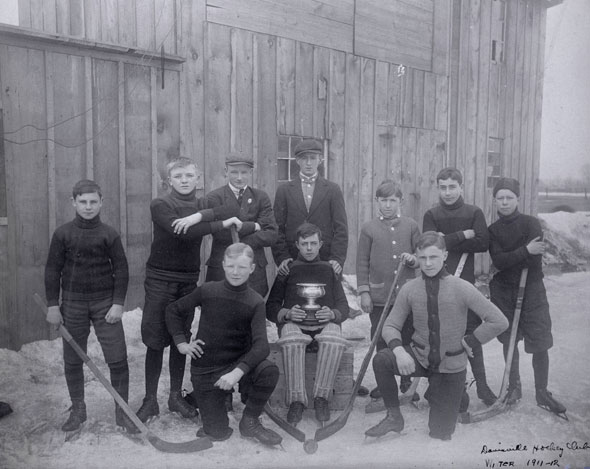
The kids of the Davisville hockey team in 1911.
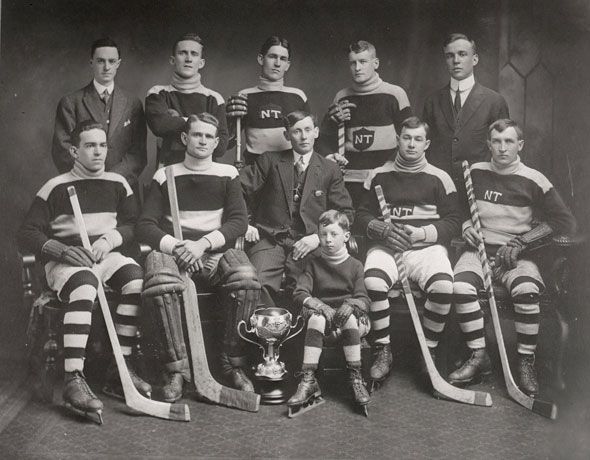
North Toronto hockey in 1914.
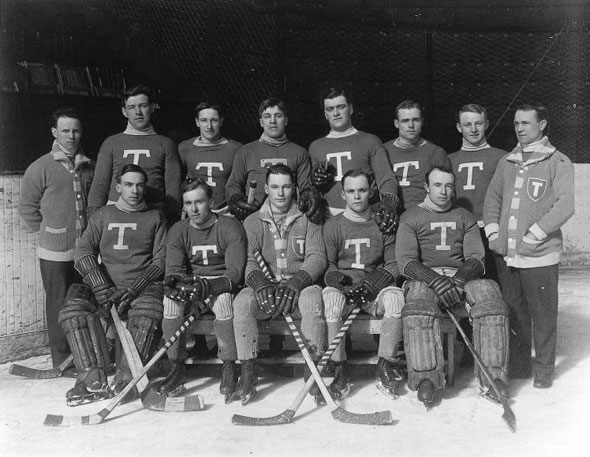
The "Torontos" hockey team, the 1913-14 Stanley Cup champions. The team later became the St. Patricks and then the Maple Leafs.
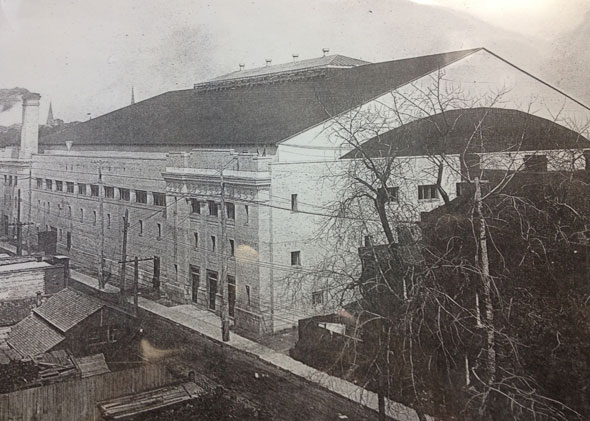
The Mutual Street Arena (known then as Arena Gardens,) the first home of the hockey team that would eventually become the Toronto Maple Leafs.
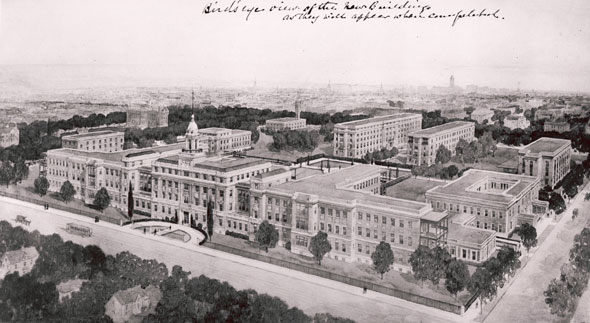
A drawing of the Toronto General Hospital at University and College in 1913. It's now the MaRS Discovery District.
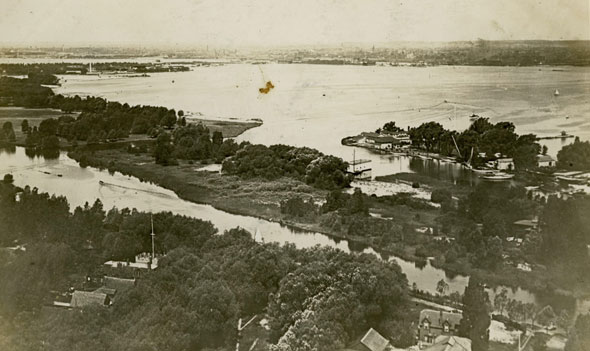
Centre Island from the air looking cityward in 1919.
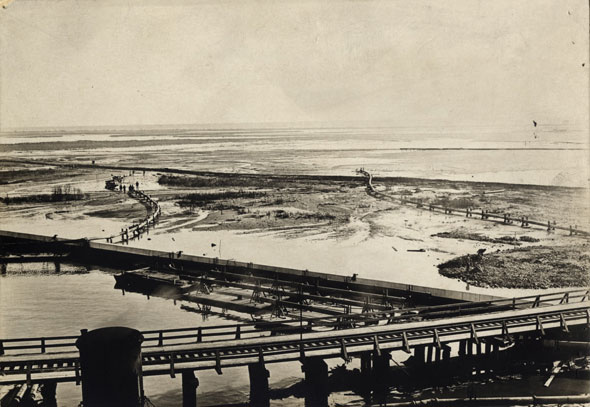
The marshes at the mouth of the Don River as draining and infilling begins ahead of construction of the Port Lands around 1914.
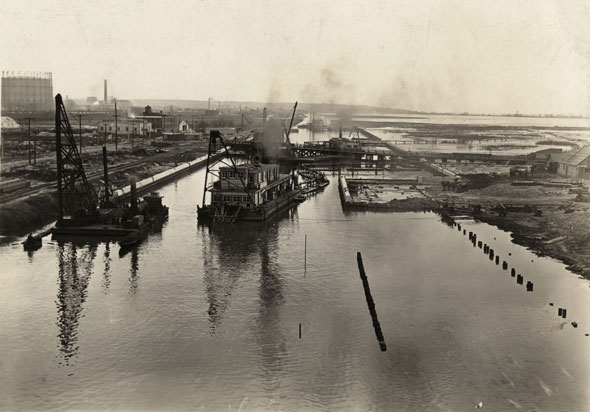
The Keating Channel in the Port Lands under construction in 1914. The gasometers of the Consumers Gas Company at Front and Parliament are visible at the far left of the frame.
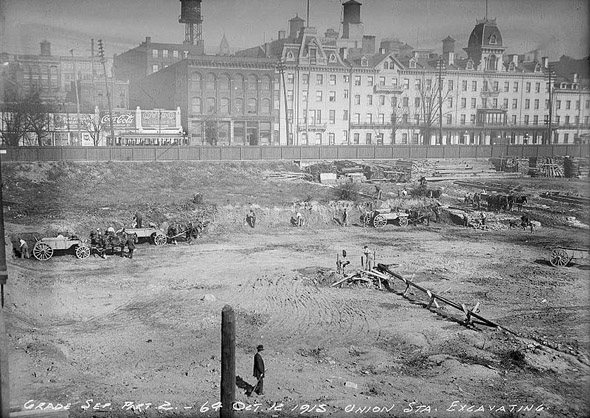
The site that would become Union Station south of Front St. in 1915.
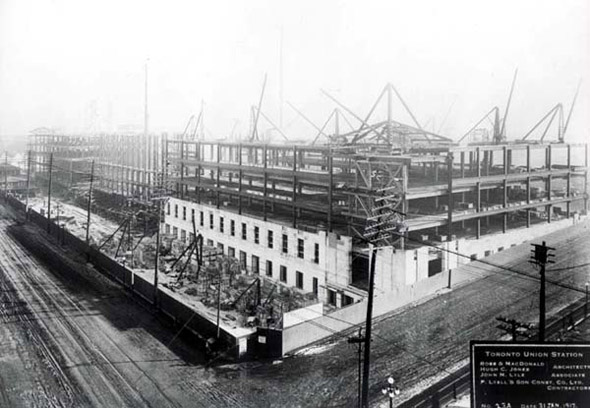
Union Station takes shape in the late 1910s. The building wouldn't be officially opened until 1927.
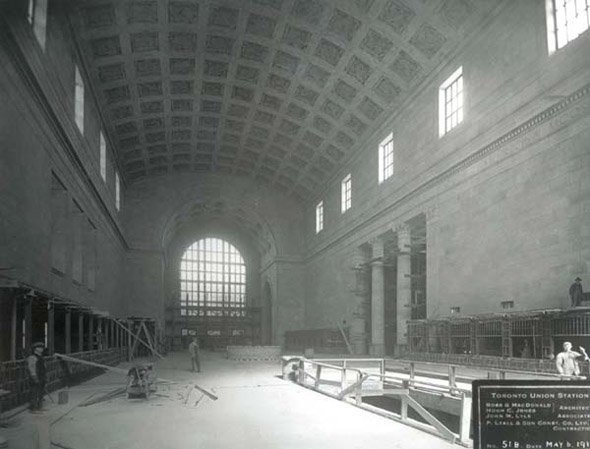
The ticket hall of Union Station.
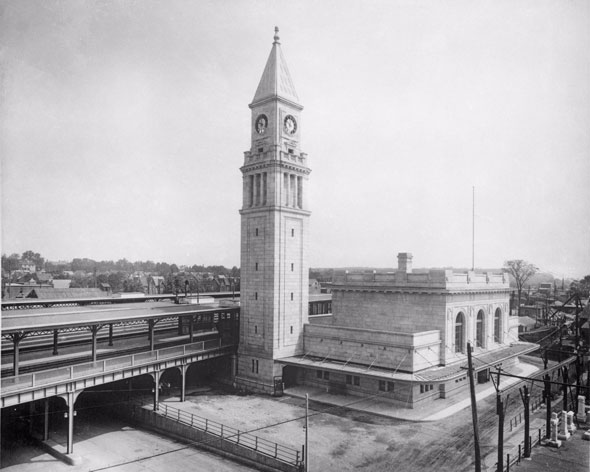
The Summerhill CPR Station in 1916, the year it opened.
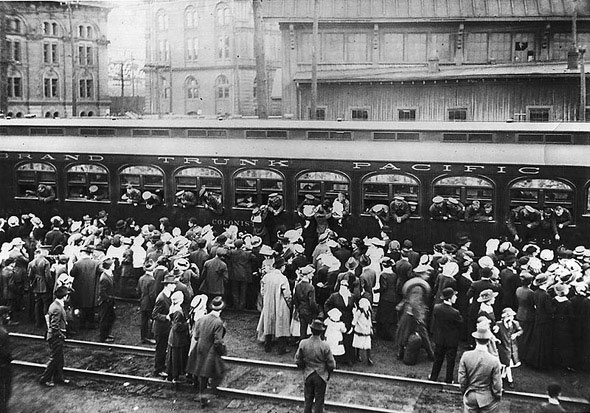
Soldiers departing for the first world war at Union Station.
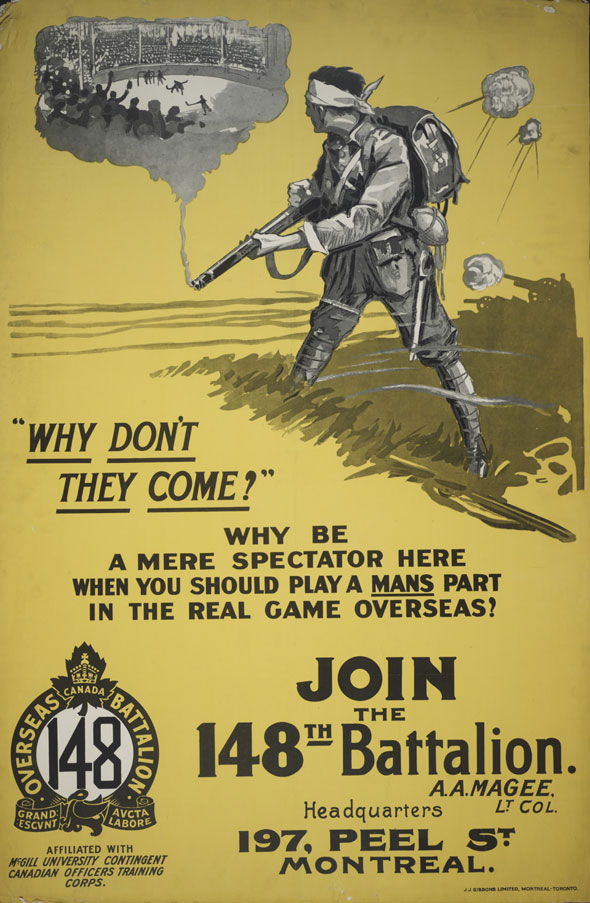
Poster encouraging Canadian men to enlist in the army during the first world war.
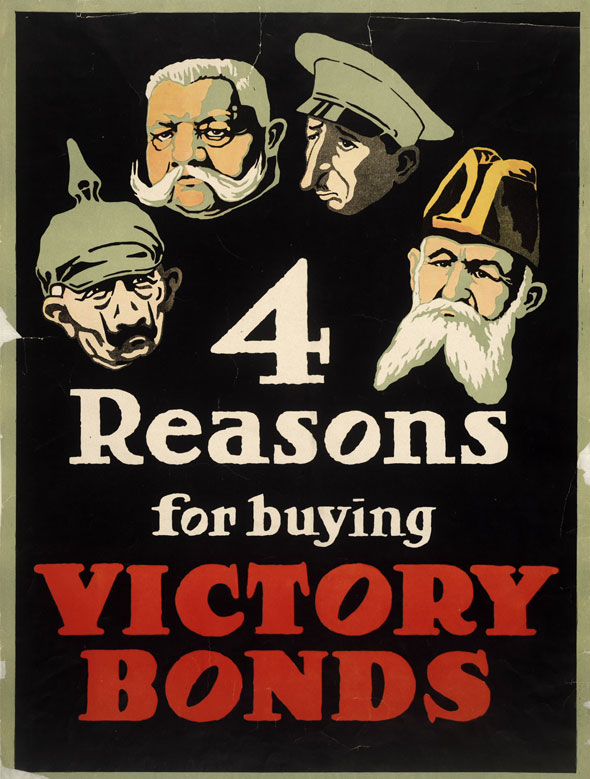
War bonds were sold by the Canadian government to help fund the war effort. Citizens were given a certificate that could be cashed in at the end of the conflict.
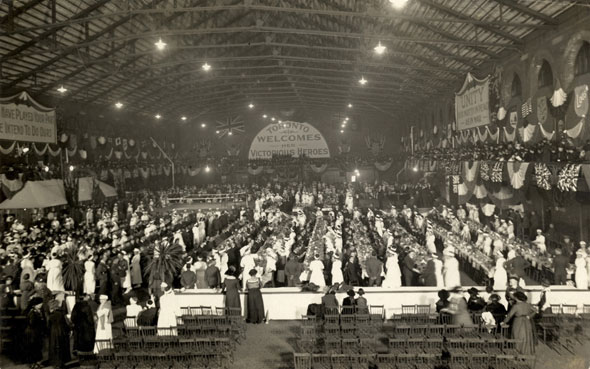
Welcome home dinner for returning troops in 1919.
Toronto Archives. Other photos from Toronto Public Library.
Latest Videos
Latest Videos
Join the conversation Load comments






